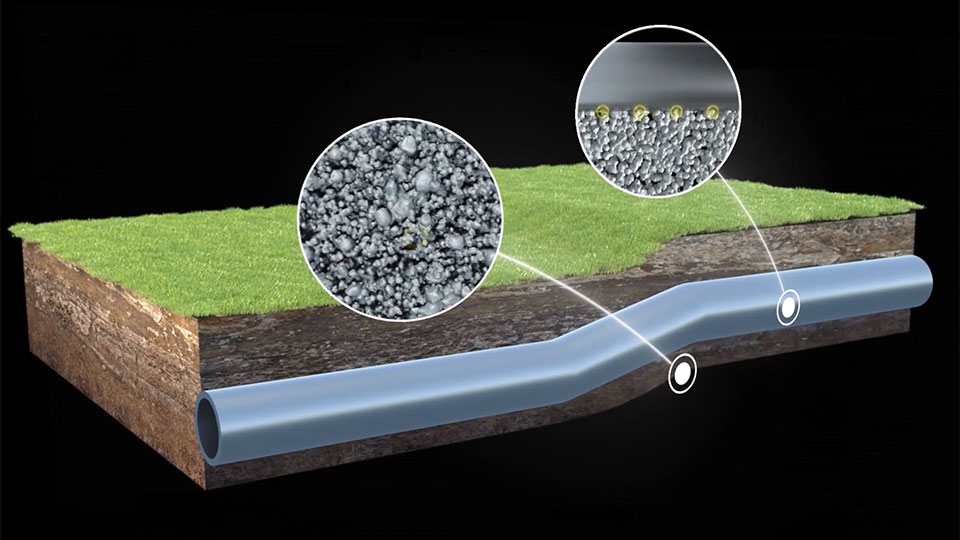Slope ALARMS: Road
Passo della Morte, Eastern Alps, Italy
Development partner
Italian Research Institute for Hydro-Geological Hazard Protection
A geomorphological survey has identified potential instability of the valley side slope that could result in a debris and rock avalanche, threatening the Tagliamento River.
A nationally important road passes through a 130m tunnel behind the potentially unstable slope.
Strata, comprising a sequence of limestone layers, dips in the slope direction towards the river. Although there is currently no clear evidence of movement, the geological setting indicates a predisposition to instability that could involve a large landslide and extremely fast deformations can be foreseen.
To appraise the physical characteristics of the rock mass and to provide an early warning of instability, monitoring instrumentation has been installed and monitored since late 2010 by the Italian Research Institute for Hydro-Geological Hazard Protection, CNR.
The instrumentation includes MEMS, TDR cables, a vertical inclinometer and a seismic station to monitor limestone rock mass deformation generated micro-tremors.
Slope ALARMS sensors have been installed on three steel waveguides that have been grouted in horizontal boreholes, penetrating the steeply dipping limestone layers.
Progress and impact
In this application, deformation of the rock mass and grout surround to the waveguide generate acoustic emission that can be used to identify periods of slope deformation and indicate relative stability.
Monitoring on this site has been continuous since December 2010. The measured AE response has been compared with direct deformation measurements and detected micro-tremor trends.
Results indicate a strong response of the acoustic sensors to rainfall events, increases in the phreatic surface in the rock mass and snow loading on the slope. No significant rock mass deformations have been detected at depth within the slope.
In addition to the above, two active waveguides (ie. with a gravel backfill surround to the steel tube) have been installed to monitor an active large landslide, which is located adjacent to the above rock slope and is damaging a new road tunnel.
An in-place inclinometer located adjacent to one of the waveguides has enabled direct comparison of performance and shows that AE rates are indicative of slope displacement rates.
Published papers
Codeglia D (2017) Development of an acoustic emission waveguide-based system for monitoring of rock slope deformation mechanisms. PhD Thesis, School of Architecture, Building and Civil Engineering, Loughborough University, UK.
Codeglia D, Dixon N, Fowmes GJ and Marcato G (2015) Strategies for rock slope failure early warning using acoustic emission monitoring. In IOP Conference Series: Earth and Environmental Science (Vol. 26, No. 1, p. 012028). IOP Publishing.
Codeglia D, Dixon N, Fowmes G and Marcato G (2017) Analysis of acoustic emission patterns for monitoring of rock slope deformation mechanisms. Engineering geology, 219, 21-31.
Dixon N, Spriggs MP, Marcato G and Pasuto A (2012a) Landslide hazard evaluation by means of several monitoring techniques, including an acoustic emission sensor. Proceedings of the 11th International and 2nd North American Symposium on Landslides and Engineered Slopes. Landslides and Engineered Slopes: Protecting Society through Improved Understanding. CRC Press, 2, 1405-1411.
Dixon N, Codeglia D, Smith A, Fowmes G and Meldrum P (2015c) An acoustic emission slope displacement rate sensor – case studies. 9th Int. Symp. on Field Measurements in Geomechanics. Sydney, Australia.
